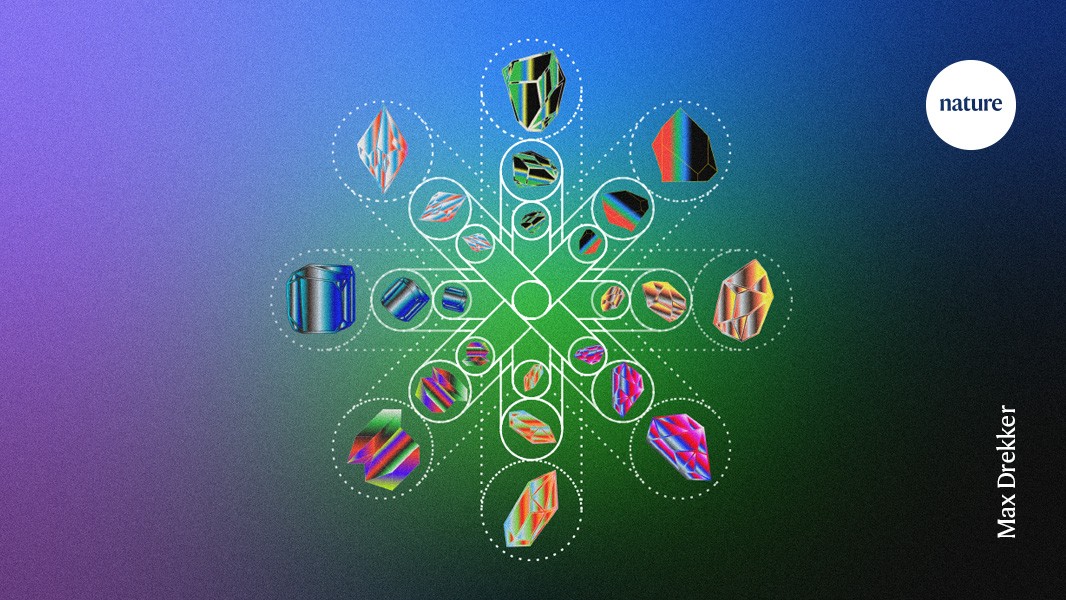
"When the pioneering artificial intelligence (AI) firm Google DeepMind announced almost two years ago that it had used a deep-learning AI technique to discover 2.2 million new crystalline materials, it seemed to herald a thrilling new era of accelerated materials research. Composed of elements from across the periodic table, the materials in the trove included 52,000 simulations of layered compounds similar to the wonder material graphene, 528 potential lithium-ion conductors that might be used to improve rechargeable batteries, and much more."
""We found quite a lot of things that were ridiculous," says materials scientist Anthony Cheetham at the University of California, Santa Barbara (UCSB), after looking through DeepMind's list of hypothetical crystals. He and his UCSB colleague Ram Seshadri note that more than 18,000 of the compounds predicted by the project include extremely scarce radioactive elements such as promethium and protactinium, which they doubt could ever be useful materials."
"Work involving Meta suggested more than 100 materials that might capture carbon dioxide directly from the air and help to reduce global warming. However, these provoked similar criticism. Computational chemist Berend Smit at the Swiss Federal Institute of Technology in Lausanne (EPFL) says that the candidates are not viable for that purpose. He suggests that the AI tool used in the work seemed so exciting that the authors were "a little bit blinded to the reality"."
Deep-learning AI systems generated a database of roughly 2.2 million hypothetical crystalline materials spanning elements across the periodic table. The set contains 52,000 simulated layered compounds akin to graphene and 528 candidate lithium-ion conductors for batteries. Many predicted structures include impractical components, with over 18,000 compounds containing scarce radioactive elements such as promethium and protactinium. Critics argue that many candidates are unoriginal, unfeasible, or unsuitable for intended functions. Separate AI-led work proposed more than 100 materials for direct air carbon dioxide capture, but experts judged those candidates nonviable and warned that excitement about AI can obscure practical realities.
Read at Nature
Unable to calculate read time
Collection
[
|
...
]